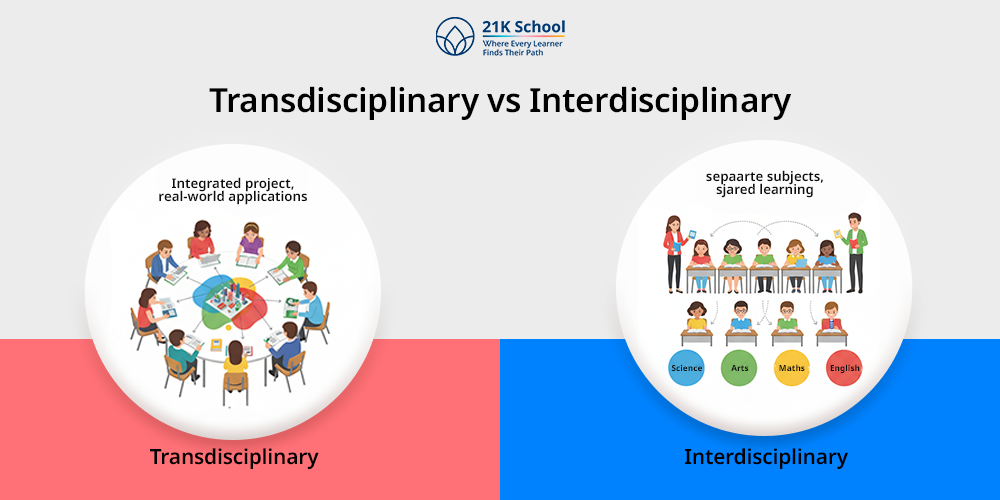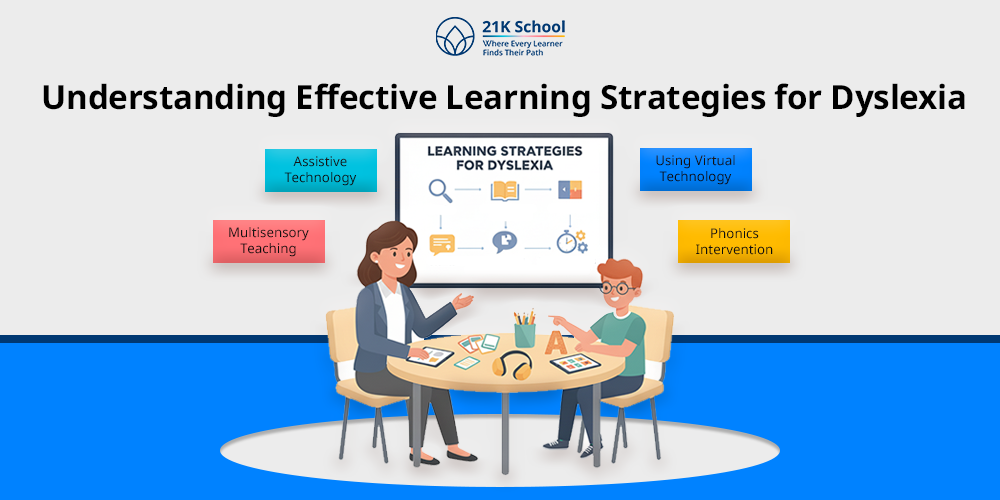
Education is the primary tool that can build the future of a nation, its people, and children.
But who manages the establishment, functioning, and execution of this education? How does it proceed and regulate in the national systems?
Without the intervention of a well-regulated government, the executed reforms might look cluttered and confusing, especially when you have a largely populated country like India.
Still our Indian Government has mostly managed its key responsibilities with great enthusiasm and diligence. Let’s one by one discuss all of its actions and roles of government in education.
Table of Contents
- Historical Context of Role of Government in Education
- Present Reforms in Role of Government in Education (NEP 2020)
- 11 Role of Government in Education
- 1. Ensuring Access and Equity
- 2. Policy Making and Legislation
- 3. Curriculum Development and Standardization
- 4. Funding and Resource Allocation
- 5. Teacher Recruitment, Training, and Evaluation
- 6. Infrastructure Development
- 7. Regulation and Quality Assurance
- 8. Promoting Innovation and Research
- 9. Role in Higher Education and Skill Development
- 10. Promoting Inclusive and Value-Based Education
- 11. Ensuring International Cooperation
- Key Takeaways
Historical Context of Role of Government in Education
Previously there were no real education systems as such but kings used to set up some systems like gurukuls, where education could be acquired in India.
Mughals, Buddhists, and others also tried to deliver their teachings and learnings to the common public with the help of madarasas, and monasteries.
When British people ruled over India, colonization grew and a formal education system started growing.
More jobs like clerks and other lower designations to serve the government then, were given to Indians that would require a certain level of education. This formed the actual base of the Indian education system whose groundwork was already done.
After the independence of India, the government grew serious about the educational plans in India and wanted every child to get education.
To follow up with this, the government came up with Article 45 that provided for free education up to age 14.
But the 86th Amendment (2002) actually changed Article 45 to focus on early childhood care and education for children below age 6. The same amendment introduced Article 21A, making education for ages 6-14 a fundamental right.
In present times, the government is continuously working towards the quality, inclusivity, accessibility, and equity of education.
Present Reforms in Role of Government in Education (NEP 2020)
The National Education Policy (NEP) 2020 is one of the biggest recent trends that have affected the educational landscape of India.
This is considered to be the vision of a multidisciplinary, flexible and holistic education system, in accordance with 21st century needs.
It focuses more on universalization of pre-primary to secondary levels with an aim of getting all the children access to quality education despite their socio-economic backgrounds.
The National Education Policy has a great emphasis on basic literacy and numeracy as it has been identified that these are non-negotiable requirements of all future knowledge.
It suggests that local languages or native languages be used as a medium of instruction at the initial phases of education, to make the learning more practical and culturally sensitive.
The old school system of 10+2 is replaced with a new school system 5+3+3+4 that is more in line with the development stages of children.
There will be massive reforms in higher education with the introduction of the Higher Education Commission of India (HECI) that will regulate, accredit, and finance the standards of higher education.
The policy is a booster of research and innovation by establishing the National Research Foundation (NRF) and intends to encompass vocational education and development of skills in the primary curriculum.
11 Role of Government in Education
The vital roles of government in education are mentioned as:
1. Ensuring Access and Equity
Quality education is one of the basic duties of the government in education for every child regardless of caste, gender, religion, and economic status.
This is necessary in advancing social justice and national integration. Various governments have instituted various programs to improve enrolment and dropout rates, particularly among the poor in society.
These are free education, mid-day meals to enhance attendance, provision of textbooks and uniform, provision of specific help to girls and disadvantaged background children.
2. Policy Making and Legislation
Governments are very instrumental in the way they frame the policies of education and also enact laws that govern the system as a whole.
These policies define the educational system goals, priorities and values. An example of this is the Right to Education Act of 2009 requires free and compulsory schooling of children up to the age of 14 in India.
The NEP 2020 also offers the strategic framework of education reforms in the future.
Using these policies and legislations, the government specifies the form, content and non-discriminatory principles of education.
3. Curriculum Development and Standardization
The government has a role of developing and standardizing school curriculums.
National bodies like the National Council of Educational Research and Training (NCERT), and other State Councils of Educational Research and Training (SCERTs) are managing it.
This guarantees uniformity of education in different regions as well as national integration.
Other important properties that are included in the standardized curricula are scientific temper, environmental awareness, digital literacy and ethical values to make sure that students are ready academically along with being a good citizen.
Also read how to raise environmental awareness among young people for taking individual responsibilities.
4. Funding and Resource Allocation
Education is really expensive in present times and the government wants it to be accessible to everyone for the overall development of the country.
This is why, many reforms are taking place to make education free or at lowest possible costs.
A 6% GDP investment for educational reforms was agreed upon, however it has yet to be fulfilled. The government is trying their best to reach this level soon as India allocated between 4.1% and 4.6% of GDP to education between 2015-2024 according to UNESCO.
Our government is utilizing these invested amounts towards the infrastructure, teachers and staff management, online resources, student safety, and attention towards encouraging girl education and disadvantaged sections.
5. Teacher Recruitment, Training, and Evaluation
The most important and respected aspect in the learning process is teachers.
Through standardized exams (like Teacher Eligibility Tests, TETs) and open procedures, the government is involved in the efforts of hiring qualified teachers.
After recruitment, the teachers are taken through routine programs of professional development to refresh their competencies and embrace new pedagogies.
Performance evaluations, workshops, and in-service training are used in the maintenance of the teaching standards.
Codes of conduct and accountability systems of teachers are also developed and enforced by the government.
6. Infrastructure Development
To have a positive learning environment that is conducive, there must be good infrastructure.
Governments have the duty in ensuring the construction of schools and colleges, provision of electricity, clean drinking water, toilets, libraries, laboratories and playgrounds.
The government in the digital age also tries to formulate smart classrooms and avail e-learning facilities.
Presently, it is highly recommended that Higher Education Institutions (HEIs) are transformed into large multi-disciplinary universities.
These institutes can solely bring back the ancient universities like Nalanda, Takshila, and more into existence.
The lack of infrastructure especially in the rural and underserved regions is a critical aspect that the government intervention through infrastructure development can help close the learning gap.
7. Regulation and Quality Assurance
The government controls institutions and keeps a check on their performance in a bid to ensure the standards of education are not compromised.
In India, institutional regulation has been facilitated through bodies like the University Grants Commission (UGC), All India Council of Technical Education (AICTE) and National Assessment and Accreditation Council (NAAC).
This is to ensure that institutions meet quality benchmarks. These agencies review the relevance of the curriculum, quality of the teaching, research work output and infrastructural facilities among others.
This is a regulation that prevents the students of lower-quality institutions and makes the degrees both nationally and internationally worth having.
8. Promoting Innovation and Research
Research and innovation that is knowledge based is an important aspect that is encouraged in the modern economy.
Governments finance research by multiple councils and foundations, by creating research institutions as well as promoting academic collaborations with industries.
Even after having these many improvement areas and goals, only 0.64-0.65% of India’s GDP as of 2020-2021 Drishti IAS is invested for research, and this needs attentive actions.
They have policies, which lead to a culture of critical questioning, scientific temper, and problem-solving.
The innovations on the school and university level are encouraged by national programs.
Here students and faculty can participate in technological and social progress.
9. Role in Higher Education and Skill Development
The role of the government in higher education is to create and pay for universities, check the academic standards, and match education to job opportunities.
Government-funded centers of excellence include institutions such as the Indian Institutes of Technology (IITs), Indian Institutes of Management (IIMs) and National Institutes of Technology (NITs).
Also, by training the youth to become more employable and entrepreneurs, the government encourages young people, particularly through the Skill India program and Pradhan Mantri Kaushal Vikas Yojana.
10. Promoting Inclusive and Value-Based Education
As much as education is about academic accomplishment, it is also about moral growth and cohesiveness.
Value-based education is encouraged in the government which builds on respect, empathy, tolerance and civic responsibility.
The initiatives include inclusive education of children with disabilities, mental health in schools and gender-sensitive education.
When the government nurtures responsible and caring citizens it assists in developing a more just and peaceful society.
11. Ensuring International Cooperation
Education is a globalized activity today.
The international organizations working with governments in terms of the best practices include UNESCO, UNICEF, the World Bank, and the OECD.
They facilitate the funding and cross-border academic exchanges.
International alliances contribute to comparison of the standards, enhancement of curriculum and the transfer of the students to global exposure.
The government also helps in student and faculty exchange, partnership of research and joint degrees with other international universities.
Key Takeaways
Government contribution in education is important and manifold. It is the facilitator, controller, defender, and pioneer of the education sphere.
An active and reactive government means that education can be an influential instrument of self-improvement and national rising.
With the world becoming increasingly more complex and interconnected, the role of government in constructing a solid and inclusive, forward-thinking education system has moved to greater importance.
Governments can make education a positive change through wise policies, continuing investment and an uncompromising dedication to equity and quality.



